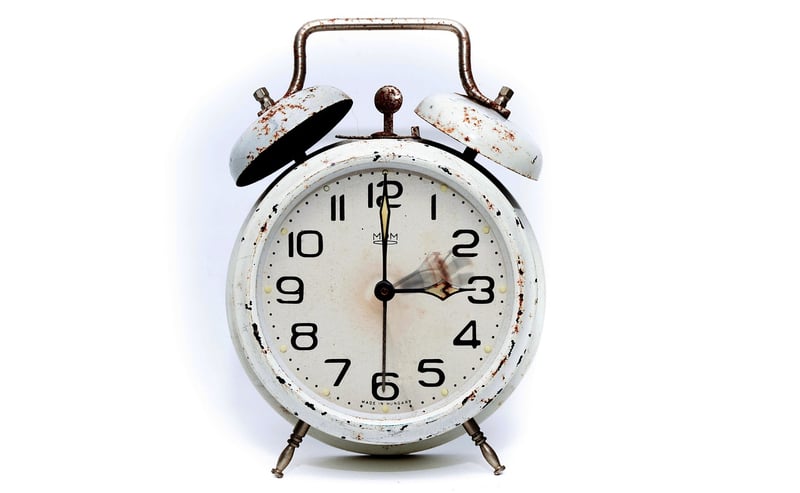Causality Dilemmas
Navigating Time Anomalies and Causality Dilemmas
Time travel has long been a fascinating concept in science fiction, but what if it were possible in reality? The idea of traversing through time, altering events, and creating paradoxes has intrigued minds for generations. Let's explore the intricate web of time anomalies and causality dilemmas that would arise if time travel were achievable.
Understanding Time Anomalies
Time anomalies refer to disruptions or irregularities in the flow of time. These anomalies can manifest in various forms, such as:
- Temporal Loops: Events that repeat themselves endlessly, like a never-ending cycle.
- Time Jumps: Sudden leaps forward or backward in time without a linear progression.
- Parallel Timelines: Divergent realities where different outcomes coexist simultaneously.
Navigating through time anomalies can lead to unexpected consequences and raise ethical questions about altering the past or future.
The Causality Dilemma
One of the fundamental issues with time travel is the causality dilemma, also known as the "grandfather paradox." This paradox questions what would happen if a time traveler were to go back in time and prevent their grandfather from meeting their grandmother, thus preventing their own existence.
The causality dilemma highlights the complexities of altering past events and the potential ripple effects on future timelines. It challenges the notion of cause and effect, creating a loop of infinite possibilities and contradictions.
Implications of Time Travel
While time travel remains theoretical, exploring its implications can broaden our understanding of the universe and the concept of time itself. It prompts us to contemplate free will, destiny, and the fragility of existence.
Whether time travel will ever become a reality or remains confined to the realm of imagination, the mysteries of time anomalies and causality dilemmas continue to captivate and inspire curiosity.

Image source: Pixabay
